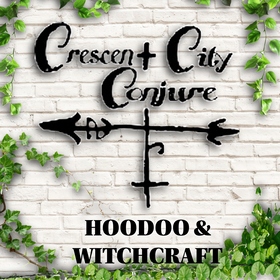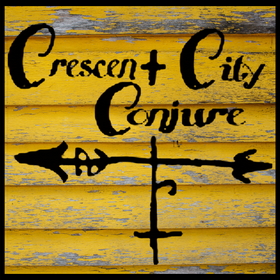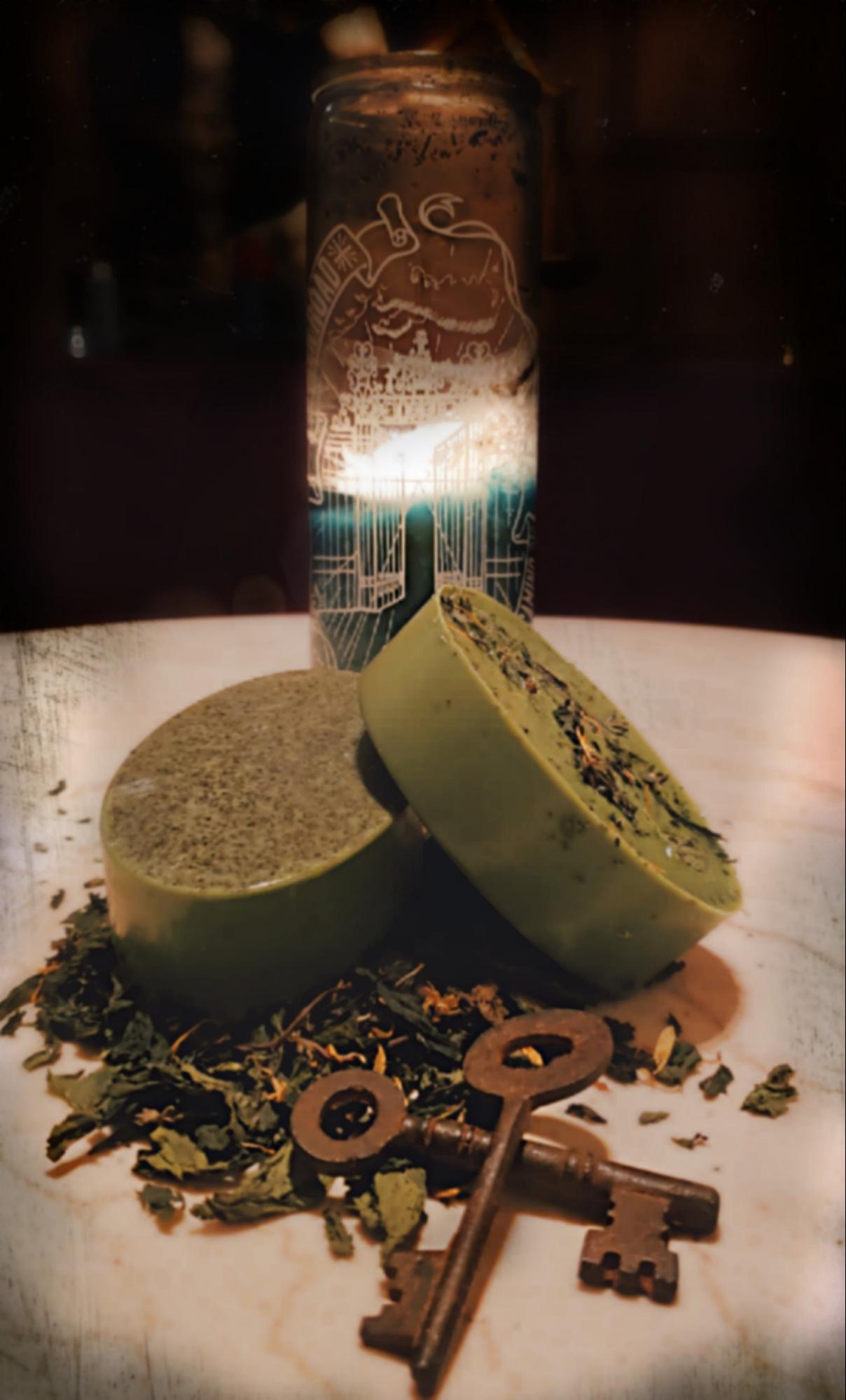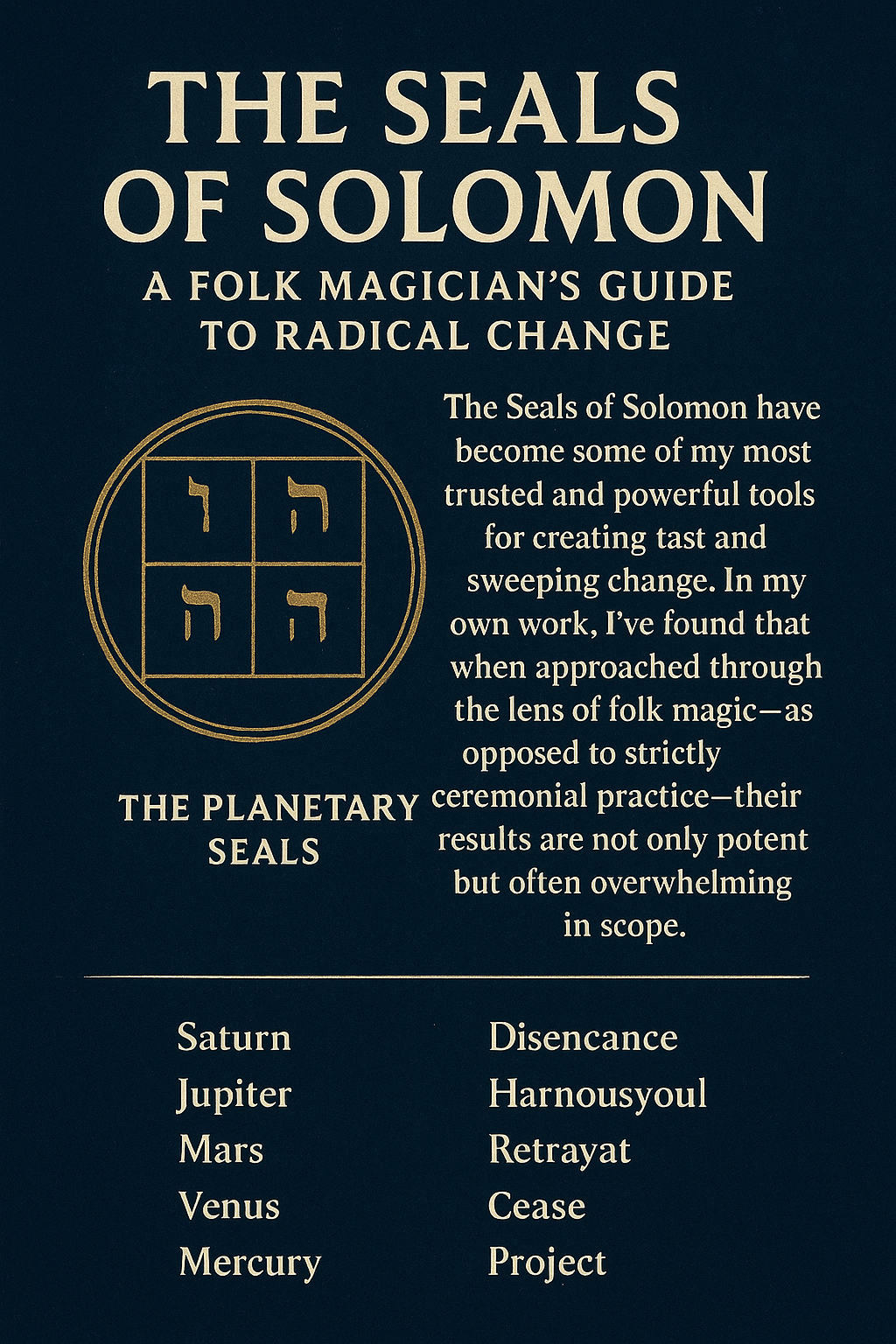Embarking on a spiritual journey is a profound and transformative experience that connects us to our heritage, identity, and the unseen forces that shape our lives. This blog post serves as a comprehensive guide for individuals seeking to deepen their understanding of themselves, their traditions, and the spiritual work that lies ahead. By cultivating a knowledge base rooted in ancestry, cultural practices, and personal experiences, we can empower ourselves to navigate the complexities of our spiritual paths.
Through a structured process encompassing self-discovery, knowledge of tradition, and practical work, this post outlines a roadmap designed for those committed to mastering their spiritual practices. It highlights essential steps such as engaging with elders, creating ancestor altars, studying historical influences, and implementing spiritual rituals. By embracing these practices, we not only honor our ancestors but also foster a deeper connection to our spiritual identities.
Whether you are just beginning your spiritual exploration or looking to enhance your existing practice, this guide offers valuable insights and actionable steps that can lead to profound personal growth and mastery over time. Join us as we delve into the intricacies of spiritual work, exploring how dedication and intention can unveil the transformative power of ancient wisdom in our modern lives.
Knowledge of Self
-
Ancestry or DNA test
-
Speak with the Elders
-
Ancestor Altar
-
Meditation and Prayer
-
Good Habits
-
Journaling
-
Identity Specific Practices for your gifts
-
Create a schedule of practice
Knowledge of the Tradition
-
Reading (slave trade, major plantations, historic figures, folk beliefs, migration, etc
-
Visit a black church, black farm and black owned conjure shop.
-
Speak with elders again about their experiences
-
Visit noteworthy places for their services influence upon the tradition.
Knowledge of Work
-
Write a journal entry about what spiritual work means to you and your past experiences.
-
Study animism and begin working with herbs
-
Study the Bible and begin working with Bible verses
-
Maintain your ancestor's altar and identity how they speak to you.
-
Begin working with a divination tool
-
Visit a river, crossroads, cemetery, church, woodland, railroad track, post office, courthouse and try to connect to the spirit of those places. Make sure to be protected and make a journal entry for each.
-
Try a few workings starting with cleansing and protection work.
-
Learn about candle burning and how to write petitions.
-
Create one ritual which combines several of these elements.
Practice of Spiritual work
-
Make a spiritual bath and take it. Record results
-
Make a protection powder and use it. Record results
-
Make a blessing oil and use it. Record results
-
Make a charm necklace for protection and wear it. Record results
-
Make a dream tea and drink it before bed. Record results
-
Make a mojo and use it. Record results
-
Dress a candle for your ancestor altar and use it. Record results
-
Choose a Psalms and pray it everyday for a week. Record results
-
Wear all white and cover your head one day a week (the more often the better). Record results
-
Get a reading done by someone you trust. Record it.
-
Combine several of these workings to create a more complex ritual and use it. Record results.
Mastery of Spiritual work
-
Repeat the entire aforementioned process for at least three years. In many traditions which focus on spiritual growth, repetition in the sum of three signifies that the would-be worker is ready for advanced knowledge. In my experience it is fair to say that to complete one round of the exercises listed above should take one year at the least. Do this three times with increasing intensity. For example: The first listed exercise under the first subject of Knowledge of Self is to get a DNA test. The first round or year may look like receiving basic information about your ancestry. In the second year, you will return to this exercise, but this time around you will go further to identify a specific tribe that you hail from.
-
Build a permanent temple or sacred space in which to practice.
-
Create a group of fellow practitioners. This step is not about simply gathering people. Create an entire structure in which you intend to support growth, practice, study and compile information. This includes naming your group, creating methods of community outreach, writing the rules of your group and consequences if those rules are not adhered to, building a network of other masters, creating rituals and practices.
-
Write a book which outlines the breath of your work. You can refer to your journals as a guideline. This step is to preserve your work for future generations. This book could be published or it could exist in a private grimoire which is only to be seen by those you choose to work with. Agrippa's Three Books of Occult Philosophy is a great example of such a book. This step could take a lifetime to complete, the point is to stay vigilant and dedicated to the process.
-
Set at least three major goals for your life's work. These goals should be miraculous in nature, they will serve as personal proof that you are indeed growing in power and proficiency. For instance they could be something like. 1- Heal a dying person 2- Manifest a spirit into physical form 3- Achieve astral projection at will. The setting of three major magical goals will keep you focused and inspired as you continue on your spiritual journey.
-
Accomplish all three goals. This could take a lifetime depending on how miraculous your goals are. Record all of your attempts to manifest them in your journals. If you should accomplish all three before the end of your life, create three more.
-
Do this entire process of mastery itself three times. That means going through the first list nine times, building three permanent temples, building three groups, writing three books, and accomplishing nine miraculous goals.
In conclusion, embarking on a journey of spiritual mastery is a deeply personal and enriching experience that requires dedication, introspection, and a genuine connection to our roots. This post has provided a structured pathway encompassing knowledge of self, tradition, and practical work. By engaging with our ancestry, learning from elders, and practicing rituals, we can cultivate a profound understanding of our spiritual identities and heritage.
The steps outlined here serve not only as a blueprint for personal growth but also as an invitation to embrace the richness of our cultural narratives and the wisdom they offer. As we continue to explore these practices over time, we honor those who came before us and ensure that their knowledge and experiences are passed down to future generations.
Remember, mastery is a journey that unfolds with patience and persistence. Each milestone reached along the way contributes to our spiritual development and strengthens our connection to the unseen forces that guide us. May this journey inspire you to delve deeper into your spiritual practice, fostering empowerment and transformation as you cultivate the gifts that lie within.














